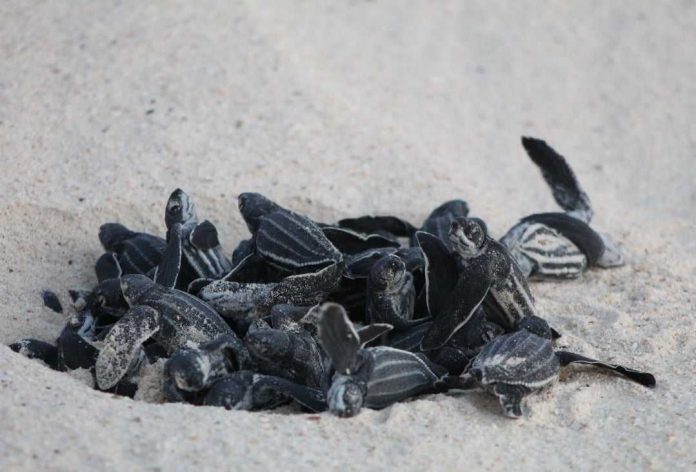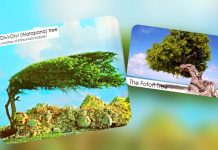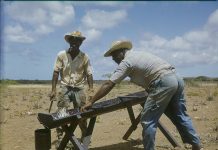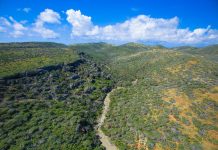Turtugaruba was founded on September 3rd, 2003 by a group of enthusiastic volunteers. Ten years earlier, in 1993, a Sea Turtle Recovery Action Plan (STRAP) was introduced in Aruba and the rest of the Caribbean as an initiative of the United Nations Environment Program (UNEP). Tom Barmes, who was working at DLVV (Department of Agriculture, Husbandry and Fishery) was one of the writers of the STRAP for Aruba, together with Karen Eckert, director of WIDECAST (Wider Caribbean Sea Turtle Conservation Network). This is how sea turtle conservation started on the island following a plan that is still complied with today.
Tom formed a group of volunteers around him, because nature does not know office hours, like an organization such as DLVV. This group of volunteers used the name Widecast Aruba and today there are still a few of them active. They first started protecting the Leatherback Sea Turtle nests on Palm Beach and Eagle Beach. This group also investigated which other species of sea turtles use Aruba as their nesting habitat and which beaches are used by them. For a period of 25 years a study has been conducted in which every early morning the beach was being monitored in which now there is a good overview of sea turtle nesting activities.
There are 4 different sea turtle species that visit Aruba to lay their eggs, each with their own specific season:
– Leatherback Sea Turtle – Lederschildpad – Driekiel (March – September)
– Loggerhead Sea Turtle – Dikkopschildpad – Cawama (May – September)
– Hawksbill Sea Turtle – Karetschildpad – Caret (June – December)
– Green Turtle – Soepschildpad – Turtuga Blanco (July-November)
Sea turtles play a vital role in keeping our oceans healthy. The Green Turtle, for example, keeps the sea grasses on the bottom of the sea short and therefore a healthy place for many fish to deposit their eggs. The Leatherback, the largest turtle of the world, eats mainly jellyfish and helps maintain the balance between jellyfish and plankton. Despite the threats that exist on Aruba, the turtles still keep coming.
What you can do to protect the sea turtles
- Lights out for sea turtles.
- Do not drive on beaches.
- Do not litter. Do not leave any plastic cups, straws or bags on the beach.
- Remove obstacles from the beach.
- Do not disturb a nesting sea turtle.
- Do not attempt to touch the turtle but stay at a respectful distance (at least 10 meters).
- Do not take a turtle out of the water
- Do not feed the turtles
- Do call Turtugaruba (24 hour Turtle Hotline: (297) 592-9393).
For more information, please contact Turtugaruba:
TURTLE-HOTLINE: + 297 5929393 E-mail: turtugaruba@hotmail.com Facebook.
















